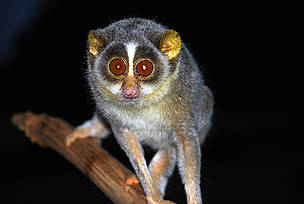Caracal UPSC | IUCN Status | Why In The News ?
The National Board for Wildlife includes the caracal in the list of critically endangered species. The recovery programme for critically endangered species in India now includes 22 wildlife species.
About Caracal :
- In India, Caracal is called Siya gosh, a Persian name that translates as ‘black Ear’
- It is a medium-sized wild cat.
- It is native to Africa, Middle East, Central Asia and South Asia including India.
- The population of this cat is increasing in Africa while its numbers are declining in Asia.
- The caracal has long legs, a short face, and long canine teeth.
- It has distinctive ears that are long and pointy with tufts of black hair at their tips.
- It is an elusive, primarily nocturnal animal.
- Its sightings are not common.
- The caracals is a carnivore.
- It typically preys upon small mammals, birds, and rodents.
- The caracal has traditionally been valued for its flexibility and its extraordinary ability to catch birds in flight.
- Earlier Caracals could be found in arid and semi-arid scrub forest regions of 13 Indian states.
- Currently, its presence is restricted to Rajasthan, Kutch, and parts of Madhya Pradesh(MP).
Conservation Status:
- IUCN Red List: Least Concern
- Wildlife Protection Act, 1972: Schedule I
- CITES Listing: Appendix I for the Asian population and Appendix II for others.
Key Highlights :
| Species |
|
| Other Names |
|
| Habitat & Distribution |
|
| In India Caracal Found In |
|
| Conservation Status |
|
Critically Endangered (CR) Means :
- Species are at extremely high risk of extinction as a result of rapid population declines of 80 to more than 90% over the previous 10 years (or three generations, whichever is longer), a current population size of fewer than 50 individuals, or other factors.









